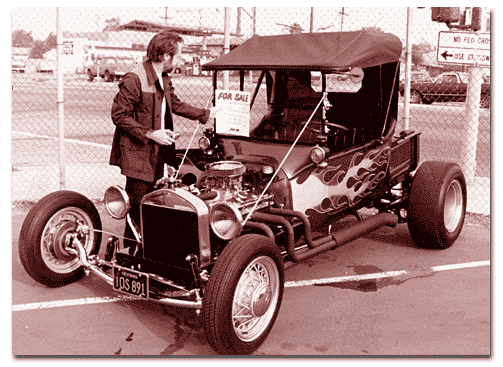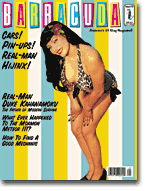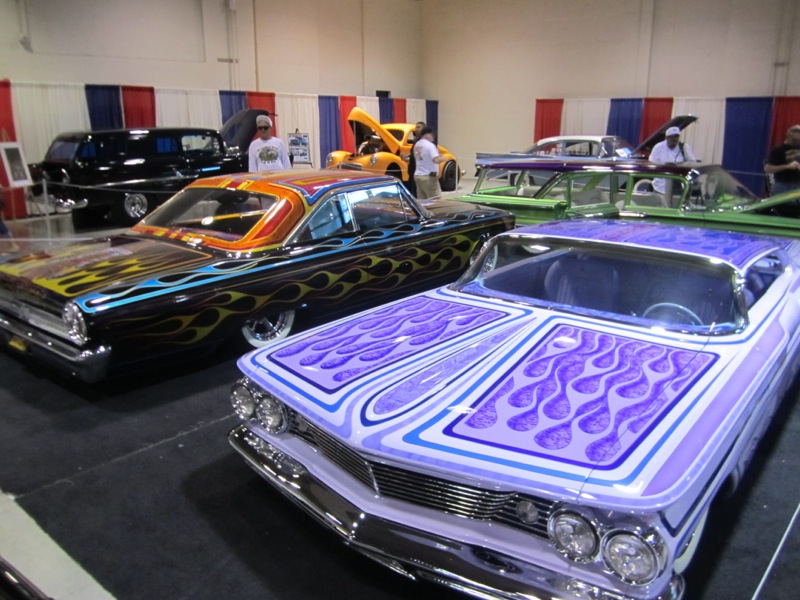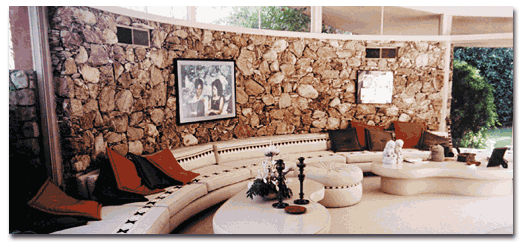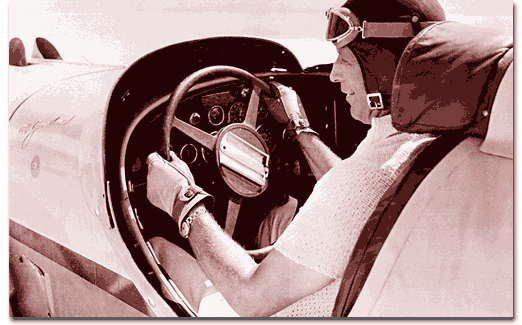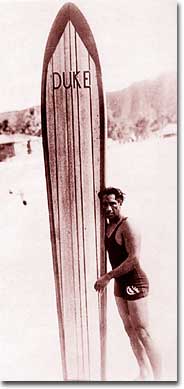
Duke Kahanamoku: Patron Saint of Modern Surfing
Because of surfing’s boon in America during the post-war era, it is sometimes perceived as a “modern” sport. But it is actually a very old sport.
Surfing is believed to have originated in the Pacific Ocean sometime between 1500 B.C. and 400 A.D. Polynesian culture is filled with ancient legends and traditions related to surfing. Hawaiian history contains tales of surfing dating back to the early 1400s. Even the Hawaiian gods surfed. One goddess, Kelea, is said to have abdicated her throne in order to be able to surf. Everything from the choice of wood for a board to shaping the board and praying for surf was surrounded in ritual.
In spite of its heritage, there was a time not too long ago when the sport of surfing almost died off completely. Surfing, like many other Hawaiian traditions, had a difficult time surviving the collision with the western world that took place shortly after Hawaii’s first visit by Europeans in 1778.
In 1819, strict Calvinist missionaries had arrived in Hawaii and tried to change Hawaiian culture to suit their own religious beliefs. They wanted to do away with Hawaiian gods and Hawaiian practices. The missionaries considered surfing to be almost sinful. It was done for sheer enjoyment, and even worse, it was done while barely dressed. The Calvinists told the Hawaiians that time spent surfing could be better spent praying or working. Missionaries sent criers through the streets of the Hawaiian islands, admonishing the population to give up sports and recreation and to go to church instead.
The famous Hawaiian King Kamehameha was an avid surfer, but he had passed away just before the arrival of the missionaries. His wife, Kaahumanu, declared herself prime minister of the kingdom soon after Kamehameha’s death. She became a convert to Christianity and instigated a cultural revolution that did away with the traditional rules of Hawaiian society, known as kapu. These rules dictated behavior for almost every aspect of life. Hawaiian culture was essentially completely upended.
Since surfing was an integral part of Hawaiian culture, the “retooling” of Hawaiian religion and tradition claimed surfing as a casualty. All cultural and religious significance was suddenly removed from surfing. As a sport, it was generally frowned upon. Surfboards were made into seats and desks in schools.
In 1874, surfing enjoyed a short-lived revival when King David Kalakaua came into power. He encouraged the revival of many Hawaiian traditions, including Hawaiian song, the hula dance and surfing. After his death in 1891, the popularity of surfing once again ebbed.
The next ten years were a tumultuous time for Hawaiian society and politics. Kalakaua’s sister Liliuokalani took the throne for a short time, but she was ousted by American business concerns and the monarchy was abolished. The kingdom of Hawaii was replaced with a republic in 1894, but by 1898, all of Hawaii was annexed by the United States.
By 1900, the number of Hawaiians living in Hawaii had dropped to 40,000, as compared to an estimated 300,000 living in the islands in 1778. The Hawaiian economy was not doing well, either. These factors contributed to the continuing decline of surfing.
At this point, surfing was almost extinct. Only a handful of people in Hawaii surfed at all. One of the few people still surfing at this time was Duke Paoa Kahinu Makoe Hulikohoa Kahanamoku. Kahanamoku was a full-blooded Hawaiian and he loved the islands and its culture. He spoke Hawaiian. He especially liked water sports like surfing.
“I was a solid believer in this surfing bit,” said Kahanamoku, “a group of us, mostly Hawaiian boys, used to gather at a hau tree on Waikiki Beach and discuss boards, waves, the delights of surfing, and the latest thing in experiments. It was a poor man’s club, but it was made up of dedicated surfers.”
The production of pineapple and sugar crops increased around 1905, and so did Hawaii’s economy and tourist trade. Kahanamoku’s feats on his 10 foot, 70 lb. solid redwood surfboard were watched by tourists at new beach front hotels in Waikiki. Duke’s enthusiasm for surfing was breathing life back into the sport and it made other people want to try it.
Excerpted from the print edition of Barracuda Magazine issue #13.
